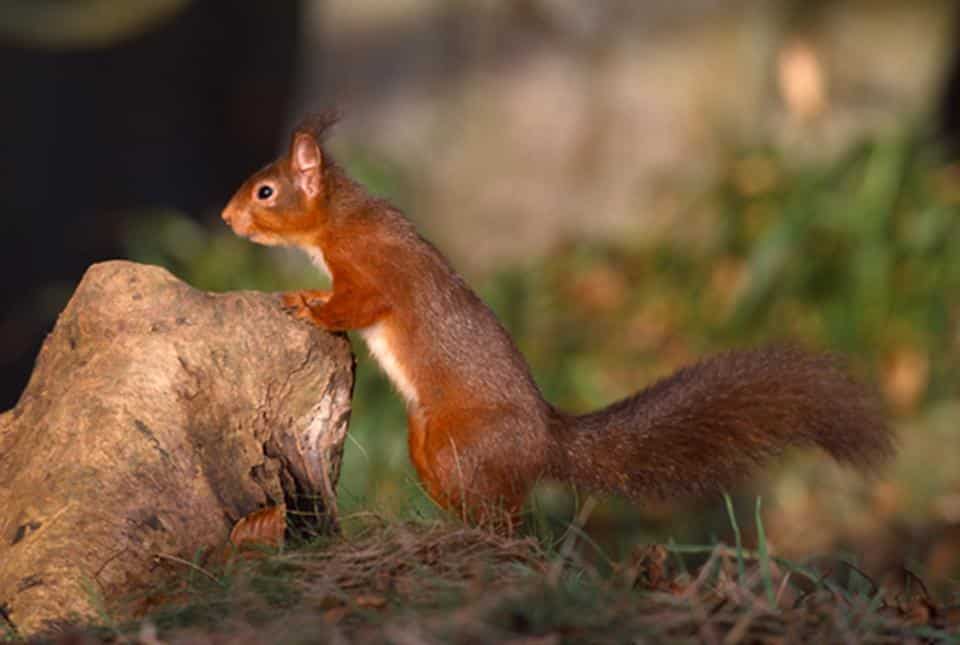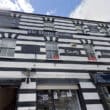
American grey squirrels are a serious threat to native red squirrels in the British Isles, however ABC councillors were recently told that the borough has found a precious ally in its protection efforts from an unlikely predator – the pine marten.
According to DAERA, when the grey squirrel arrives in a red squirrel area, the red squirrel population usually disappears within 15 years.
The grey squirrel outcompetes the red for food and space, and carries a disease called the squirrel pox virus.
This disease kills the red squirrel but has no known lasting effect on the greys.
In circumstances where the presence of squirrel pox is confirmed, the extinction rate of red squirrels can be 20 to 25 times faster than that in pox-free areas.
At a recent Environmental Services committee of Armagh City, Banbridge & Craigavon (ABC) Borough Council, councillors were given an overview of invasive species throughout the borough.
There was reassuring news regarding the red squirrels in the report: “The NI Environment Agency (NIEA) sent a letter to all local authorities, requiring that there is a control programme for grey squirrels as they are now included as a Widely Spread Species included in the Order.
“The aim is to allow the repopulation of red squirrels, which unlike the American grey squirrels, are native.
“Discussions with other councils have anticipated that a control programme could be extremely problematical, particularly in urban areas.
“Our borough is fortunate in that there appears to be natural recolonisation of the borough by red squirrels.
“This is thought to be the result of an earlier colonisation by pine martens which have been shown to preferentially predate on grey squirrels, and reduce numbers or eliminate them.
“Both red squirrels and pine martens have expanded their range from the south west of our borough, and the pine martens have reached the northern end at Lough Neagh where they are present in most wooded sites, including Oxford Island and Peatlands Park.
“Red Squirrels have been recorded as far north as Glenanne and Poyntzpass.
“To meet our obligation under the legislation, Biodiversity Service have partnered with Ulster Wildlife to monitor the distribution of grey squirrels, red squirrels and pine martens using baited cameras to record their presence.
“Most of the council-owned or managed sites, which include some woodland, will be monitored by this method.
“Ulster Wildlife maintain a dedicated website showing maps where sightings can be recorded, and the presence or absence of the respective animals can be tracked within the borough.”





